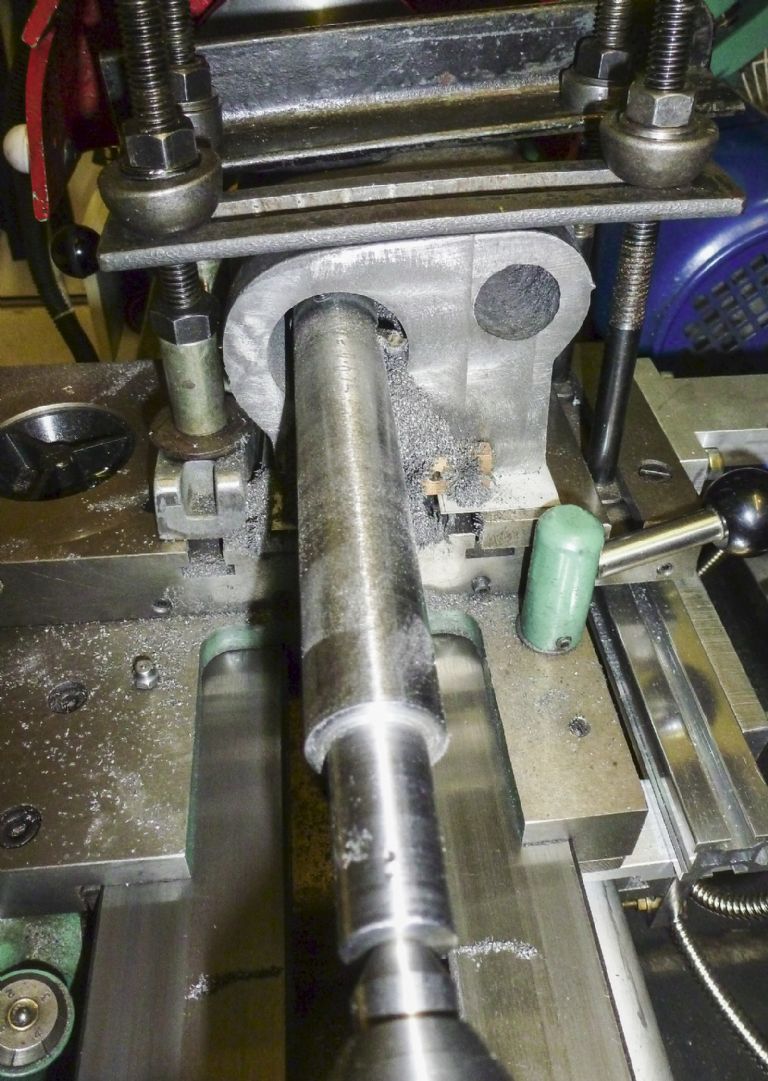Posted by Martin Green 3 on 05/11/2018 15:44:07:
… and the CI has machined much less cleanly than previous castings I've purchased. Surface finish even after much honing is relatively "rough"."
The milled surfaces of the castings although smooth when finished with emery are not as good as the wheel casting finishes. They look as if there are slight pits in them. My wheels look lovely. I would add that the castings for the wheels as over 30 years old and the cylinder casting are less than 6 months old.
My problem is I do not know if I can expect a better finish.
I will hone the cylinders but has anyone any suggestions as to the finish I should be able to achieve?
I think you need to experiment. Can you polish the outside of the cylinder to see how good a finish can be got without having to worry that inside boring and honing that you can't see are going wrong?
I suspect the problem is the metal, and only you can find out what you've got.
As a material cast-iron varies wildly. Quite a lot of cast-iron is rough muck, and it always has been, whatever grandad told you! The sort of iron used to make cheap non-critical items like street furniture, ornaments and weights can be whatever the foundryman throws in the melt. At the other end of the scale cast iron is an expensive and carefully controlled engineering material. But the 'quality' alloys are race-tuned for a particular purpose and not all of them take a good finish or machine well. Whatever the grade, even in a well-regulated foundry, castings can go wrong resulting in hard skin, inclusions, porosity, or blow-holes.
Apart from the black mess my experience with cast-iron has been good with two exceptions. A weight was truly horrible to turn, and, although the blank I used to make a chuck backing plate cut well, it has a coarse grain that won't take a polish. Luckily for me it doesn't matter! But if you can't get a good finish on the outside of the cylinder, you're wasting your time on the inside.
Dave
Martin Green 3.









